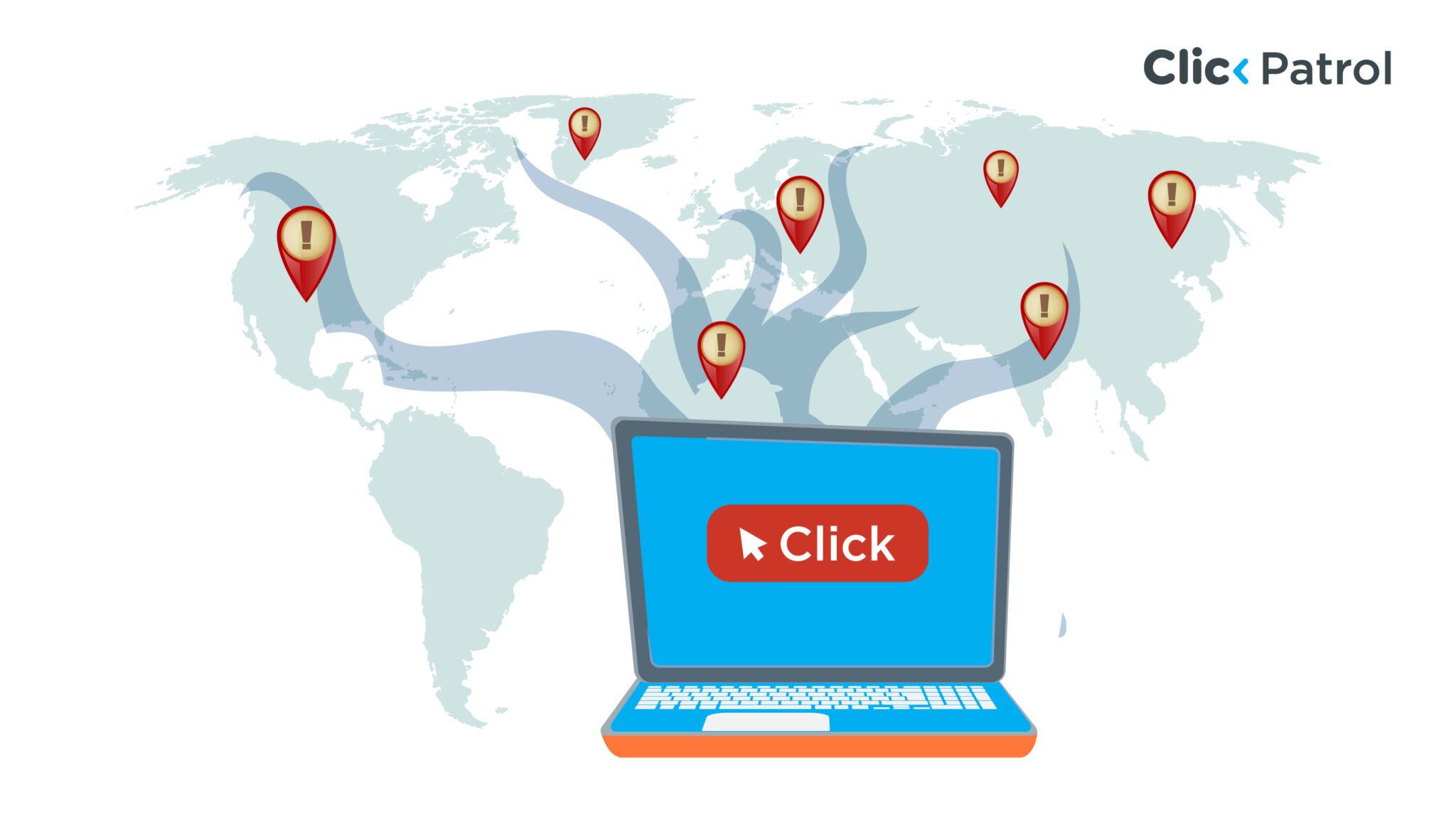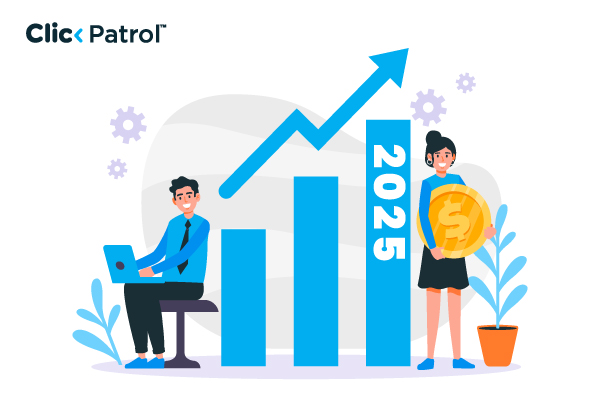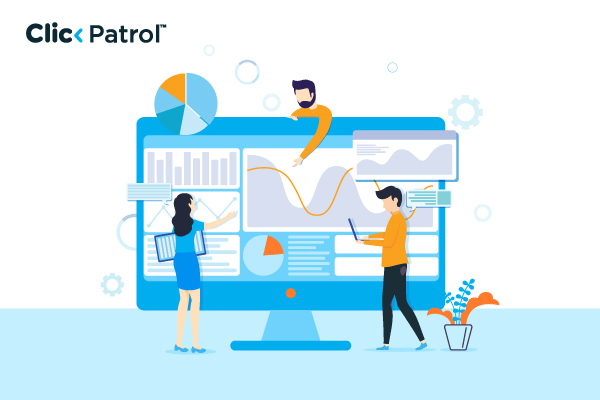
Tier 1 countries in digital marketing: What they are and why they deliver the highest ROI
Abisola Tanzako | Jun 20, 2025

Table of Contents
- What are Tier 1 countries in digital advertising, and why do they matter?
- Why are Tier 1 countries important in digital marketing?
- Characteristics of tier 1 countries
- Benefits of targeting Tier 1 countries in paid campaigns
- Challenges in targeting tier 1 countries
- Strategies for success in tier 1 markets
- Tier 1 vs. Tier 2 and Tier 3 countries: What’s the difference?
- Navigating tier 1 markets
- FAQs
Tier 1 countries like the U.S. and the U.K. often account for over 70% of global ad spend. In digital marketing, classifying countries into tiers, particularly Tier 1, is pivotal for effectively strategizing campaigns.
Tier 1 countries represent the most lucrative markets due to their advanced economies, high purchasing power, and sophisticated digital infrastructures.
This guide explains Tier 1 countries, their advertising value, and how to adapt your strategy to these high-conversion markets.
What are Tier 1 countries in digital advertising, and why do they matter?
Tier 1 countries are nations with highly developed economies, robust digital infrastructures, and affluent populations. They typically include:
- United States
- United Kingdom
- Canada
- Australia
- Germany
- France
- Netherlands
- Switzerland
- Sweden
- Norway
- Denmark
- Finland
- Ireland
- Japan
- Singapore
These countries are characterized by:
- High internet penetration: Most of the population has access to high-speed internet.
- Advanced technological infrastructure: Widespread use of smartphones, digital devices, and e-commerce platforms.
- Affluent populations: High GDP per capita and substantial disposable income.
- Stable political and economic environments: Providing a conducive atmosphere for business operations and consumer confidence.
Why are Tier 1 countries important in digital marketing?
Targeting Tier 1 countries offers several advantages that can significantly enhance the effectiveness and profitability of digital marketing campaigns:
- High purchasing power: Consumers in tier 1 countries possess substantial disposable income, making them more inclined to engage with and purchase products or services.
- Advanced digital infrastructure: The widespread availability of high-speed internet and the prevalent use of digital devices facilitate seamless online experiences.
- Mature E-commerce markets: Online shopping is well-established in tier 1 countries, with consumers exhibiting comfort and trust in online transactions.
- Higher conversion rates: Consumers in tier 1 countries are more responsive to digital marketing efforts due to familiarity with digital platforms and trust in online transactions.
- Access to valuable consumer data: The advanced digital ecosystems in these countries provide access to a wealth of consumer data. Marketers can leverage this data to gain insights into consumer behavior, preferences, and trends, allowing for more precise targeting and personalization of marketing efforts.
Characteristics of tier 1 countries
Tier 1 countries are distinguished by their robust economies and advanced digital infrastructures, making them prime targets for digital marketing efforts.
- Economic and digital landscape: Tier 1 countries are distinguished by their robust economies and advanced digital infrastructures. These nations typically exhibit high Gross Domestic Product (GDP) per capita, indicating a strong economic performance and a populace with substantial purchasing power. For instance, countries like Singapore and the United Kingdom have been recognized for their well-developed digital infrastructures, facilitating seamless digital experiences for users.
- Consumer behavior and preferences: Consumers in tier 1 countries are typically tech-savvy, well-informed, and have high expectations regarding the products and services they engage with. They value quality, convenience, and personalized experiences. These consumers are accustomed to seamless digital interactions and expect brands to deliver consistent and engaging content across multiple channels.
Benefits of targeting Tier 1 countries in paid campaigns
Targeting Tier 1 countries offers substantial benefits for digital marketers. These regions are characterized by robust economies, advanced digital infrastructures, and consumers with significant purchasing power. Below are some of the major advantages:
- Higher revenue potential: One of the primary advantages of targeting Tier 1 countries is the potential for higher revenues. The combination of high disposable incomes and established e-commerce habits means consumers in these markets are more likely to purchase, subscribe to services, or engage with premium offerings.
- Enhanced brand visibility: Operating in Tier 1 markets can significantly boost a brand’s visibility and credibility. Success in these competitive and discerning markets often serves as a benchmark for global recognition. Brands with a strong presence in Tier 1 countries can leverage this reputation to expand into other markets more effectively.
- Access to valuable data: The advanced digital ecosystems in Tier 1 countries provide businesses with a wealth of consumer data. This data can offer deep insights into consumer behaviors, preferences, and trends, enabling more precise targeting and personalization of marketing efforts.
Challenges in targeting tier 1 countries
Operating in Tier 1 digital markets presents significant opportunities due to their advanced infrastructures and affluent consumer bases. However, businesses must also contend with notable challenges such as:
- High competition and advertising costs: The lucrative nature of Tier 1 markets attracts numerous advertisers, leading to intense competition. This competition drives up the cost of advertising, with higher Cost-per-Click (CPC) and cost-per-mille (CPM) rates.
- Strict regulatory environments: Tier 1 countries often have stringent regulations regarding digital advertising, data privacy, and consumer protection. Compliance with laws such as the General Data Protection Regulation (GDPR) in Europe and the California Consumer Privacy Act (CCPA) in the United States is mandatory.
- Sophisticated consumer expectations: Consumers in Tier 1 markets are discerning and expect high-quality, relevant, and personalized content. They are accustomed to seamless digital experiences and quickly disengage from brands that fail to meet their expectations.
Strategies for success in tier 1 markets
Succeeding in Tier 1 markets requires a strategic approach that aligns with the sophisticated expectations of consumers in these regions.
- Invest in quality content: Develop engaging, personalized content that resonates with the target audience. Utilize storytelling, professional visuals, and clear messaging to capture attention.
- Leverage data analytics: Advanced analytics can help you understand consumer behavior, preferences, and trends. This data-driven approach allows for more effective targeting and campaign optimization.
- Ensure compliance with regulations: Stay informed about relevant laws and regulations in each country. Implement robust data protection measures and ensure transparency in data collection and usage.
- Localize marketing efforts: Adapt marketing messages to align with local cultures, languages, and preferences. Localization enhances relevance and connection with the audience.
Tier 1 vs. Tier 2 and Tier 3 countries: What’s the difference?
Tier 1, Tier 2, and Tier 3 countries are marketing terms used to group countries based on their economic status, purchasing power, online behavior, and advertising performance. Here’s a simple breakdown:
Tier 1 countries
These are high-income, developed nations with strong economies and high consumer spending. Examples: United States, Canada, United Kingdom, Australia, Germany
Characteristics:
- High purchasing power
- Expensive advertising (high CPM and CPC rates)
- High conversion rates
- English-speaking audiences (in many cases)
Tier 2 countries
These are developing or newly industrialized countries with growing economies. Examples: Brazil, South Africa, Mexico, Malaysia, Romania
Characteristics:
- Moderate purchasing power
- Mid-range advertising costs
- Growing online audiences
- Mixed languages and cultures
Tier 3 countries
These are lower-income or underdeveloped nations with limited online buying power. Examples: Nigeria, Bangladesh, Pakistan, Kenya, Nepal
Characteristics:
- Low purchasing power
- Low advertising costs
- Low conversion rates
- Often face infrastructure or economic challenges
Navigating tier 1 markets
Tier 1 countries offer unparalleled opportunities for digital marketers, characterized by affluent consumers, advanced digital infrastructures, and mature e-commerce landscapes.
However, these benefits come with challenges, including intense competition, high advertising costs, and stringent regulatory environments.
Success in these markets requires a nuanced understanding of consumer behavior, compliance with local regulations, and delivery of high-quality, personalized content.
By effectively addressing these factors, businesses can establish a strong presence and achieve significant returns in Tier 1 markets.
FAQs
Q. 1 Why should marketers focus on tier 1 countries?
Marketers target tier 1 countries because consumers have significant disposable income and are accustomed to online shopping. These markets offer higher conversion rates and better returns on investment, making them attractive despite higher advertising costs.
Q. 2 What challenges exist when marketing to tier 1 countries?
Challenges include high competition, which leads to increased advertising costs, strict regulatory environments like GDPR and CCPA, and sophisticated consumer expectations, which require high-quality, personalized content.
Q. 3 How do consumer behaviors in tier 1 countries influence marketing strategies?
Consumers in tier 1 countries are tech-savvy and value quality and convenience. They expect personalized marketing and high-quality content, necessitating tailored strategies that resonate with their preferences.





